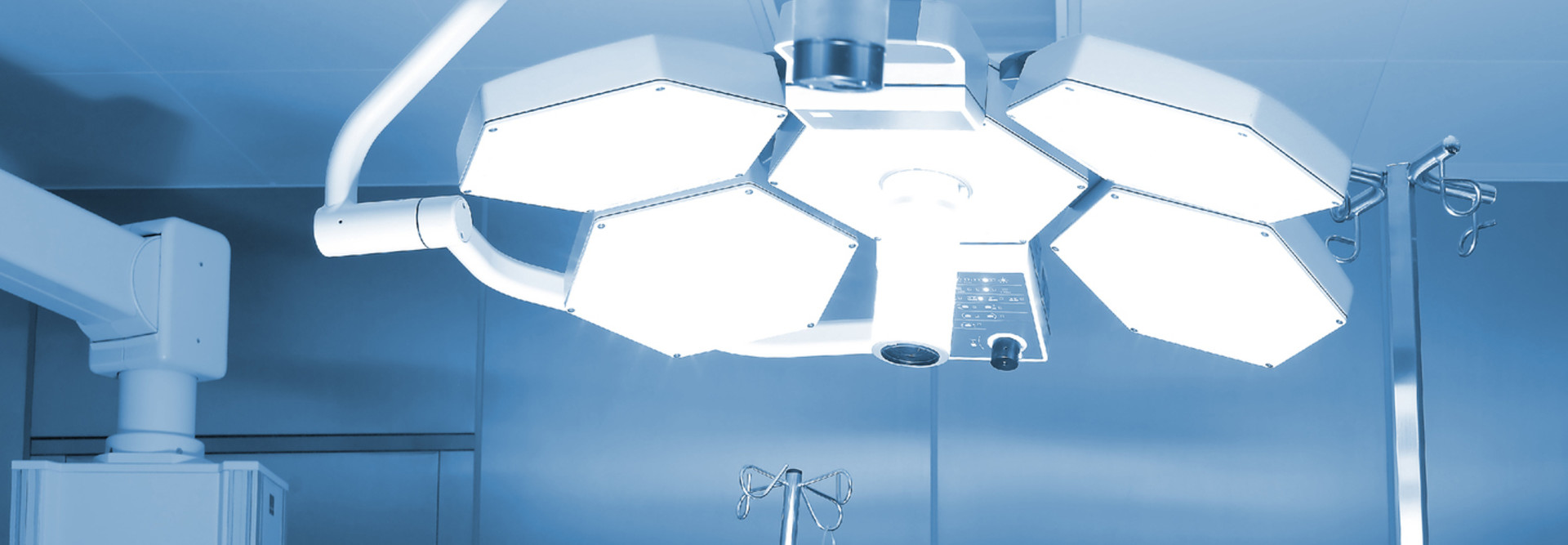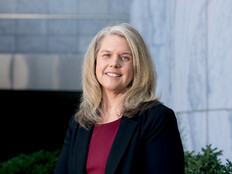Q&A: Christine Holt on Leveraging Technology to Improve the Patient Experience
As patient satisfaction becomes increasingly important in today’s pay-for-performance climate, a new title and set of responsibilities has emerged in the healthcare C-suite — the chief experience officer.
CXOs come from a variety of backgrounds. Many have held marketing and public-relations positions, some have risen from clinical ranks and still others have originated from the hospitality industry.
To learn more about this new position, we talked with Christine Holt, CXO for Meadowbrook, Pa.-based Holy Redeemer Health System. She discusses how her organization embarked on an innovative patient-experience journey that empowers patients to be equal partners in their care.
HEALTHTECH: Tell us about the patient-experience initiatives at Holy Redeemer Health System.
HOLT: At Holy Redeemer, in addition to the patients and their families in our hospitals and ambulatory care, we care for residents in our residential communities and clients in home care and hospice. We work with physicians and employees, and we want to improve the experience for them as well.
We have a three-layered approach to what we call “experience design.” The first layer is quality and safety. The second is service delivery — everything covered in the Hospital Consumer Assessment of Healthcare Providers and Systems [HCAHPS] and traditional customer-service programs. The third is all about going above and beyond. We look at the whole person and what is important to them, and we strive to delight and surprise them with the unexpected.
We want our patients to become equal partners in their care. We put elements of engagement in place to ensure they have a great experience. We also focus on staff fulfillment; we know they excel when they feel their work is a calling. Staff and physician engagement go hand in hand with the patient experience, so we’re always looking at ways we can get our patients more active with our team, creating a tighter relationship with our health system.
HEALTHTECH: Patient experience encompasses many avenues. Where did you initially focus your efforts?
HOLT: Providing an outstanding patient experience requires internal alignment. The first thing we built was our training university. The dean of our university is responsible for Experience U, one college within the university. We’d like to take many of our non-clinical courses and turn them into immersive experiences using gamification and other methods to teach our staff how to make an experience special for someone else. One of my goals is to have every staff member attend Experience U.
We also reevaluated how we select talent and re-recruit existing talent. Our focus is to invite them to work with us on our cause. This requires us to rethink our approach to recruitment.
Finally, we created an internal consulting group called the Catalyst, which consists of a lead and seven staff members who volunteer to work with our managers to apply the concepts learned in Experience U. We look at people, process and place to “reimagine” our service delivery, paying close attention to the customer’s voice. We’re adding an experience producer to help with staging and customization.
HEALTHTECH: Is your patient-experience focus a competitive differentiator for Holy Redeemer?
HOLT: It is to a certain extent, but I don’t lead with it. It’s an extension of our heritage. Our mission is what we do, our values are how we do it, the brand is how our customers see us and experience is the new way we do all our work.
HEALTHTECH: What is the role of technology and the CIO in your patient-experience initiatives?
HOLT: Our CIO and I are part of a leadership team that is building the Spark Experience Center, where people can gather to create, innovate and collaborate. Technology takes a big part of that space, and the content we envision must be supported by technology. Currently, our focus is on internal audiences, but over time we think this will also be of interest to community members and others in our industry.
HEALTHTECH: In addition to staff, how is technology being used to improve the experience for patients?
HOLT: At the end of the day, our top priority is to provide a stellar patient experience. One of our experience design concepts uses technology to anticipate the arrival of patients and inform the staff about the patients who are expected to arrive. For example, our medical office-building staff serve as guides to greet patients with a warm welcome and direct them to where they need to go. A software program provides the schedule and profile of each patient so our guides know exactly who’s coming and when, and if there’s a wait time, can redirect that individual to the café, living rooms (not waiting rooms), our computer resource center or the coffee bar.
HEALTHTECH: What are some of the patient-experience initiatives you’re planning for the future?
HOLT: We’re starting to capture patient and staff stories to foster closer relationships. Holy Redeemer strives to be a partner in our patients’ lives. That means viewing them holistically and getting to know their personal preferences and individual interests to create that “above and beyond” experience. For example, if a patient were to stay with us overnight, we’d want to know their favorite foods, color, flowers and such so we can personalize their room and make their visit more comfortable. Other initiatives include putting interactive monitors at the bedside for patient infotainment and implementing digital signage in our acute care facility and life care community.
HEALTHTECH: Which healthcare systems are setting the standard in patient-experience work?
HOLT: There are a lot of pioneers out there. Cleveland Clinic had the first CXO in the country. Many others are blazing the trail. All of our approaches are a little different. Some organizations are focused on improving operations and quality. Some facilities are physician-driven, and tend to have programs that focus on patient interaction and clinical efficiencies. Each of those things is important. CXOs learn from each other.
HEALTHTECH: How do you feel about your patient-experience work?
HOLT: If we are to succeed in healthcare, we need to be more flexible and more collaborative to do what’s right for patients. I’m proud when I see we’re building relationships. I’m proud when we focus on the talents of those within the organization and what gets them excited. I’m proudest when I see relationships nurturing and improving. When our patients come to us, we keep them — they know we’re a partner for life.








